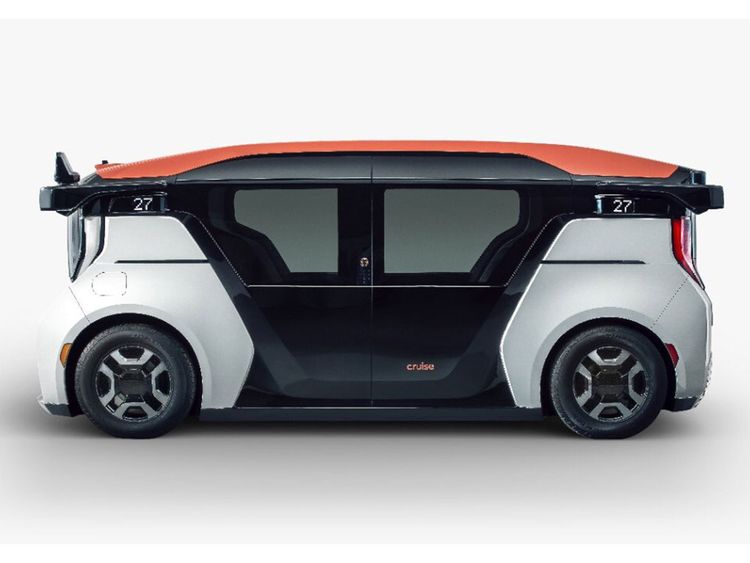Dubai to be second to run autonomous Cruise vehicles
General Motors’ majority-owned Cruise self-driving car subsidiary stated on Monday that it aims to commence organizing its robot axis in Dubai in 2023.

General Motors’ majority-owned Cruise self-driving car subsidiary stated on Monday that it aims to commence organizing its robot axis in Dubai in 2023. It is per a deal that indicates the company is more confident about initiating its first commercial service in San Francisco before then.
In a joint statement, Dubai’s Road and Transit Authority and Cruise stated that a limited number of its purpose-built Cruise Origin vehicles will be deployed by Cruise in the emirate in 2023. This will make Dubai the first city outside the United States where Cruise will work. According to Cruise and Dubai’s transit authority, they plan to have 4,000 self-driving taxis in operation by 2030. Cruise will be the high-class robotaxi service provider in the emirate until 2029.
As stated by Cruise and GM executives, Cruise will set up its commercial service initially in the start-up’s hometown of San Francisco, before expanding somewhere else. On Monday, the company did not comment when it intends to launch its rides for hire service in San Francisco as it says will depend on when the company’s automated vehicles are considered safe.
As per GM filings, when Cruise’s independent vehicles are ready to begin carrying people or goods for money, the company will get another $1.35 billion from minority investor Softbank.
Cruise and Alphabet Inc’s Waymo are the chiefs among the companies which are racing to develop driverless taxis and delivery vehicles. Factors like difficult technology challenges, an undetermined regulatory environment, and the pandemic have combined to slow development for all players in the emerging industry.
Read more: Karachi University to launch on-campus electric shuttle service by NTS Logistics
Cruise previously aimed at launching a commercial ride service by the end of the year 2019, but put away that target saying more testing and technology development is needed.








